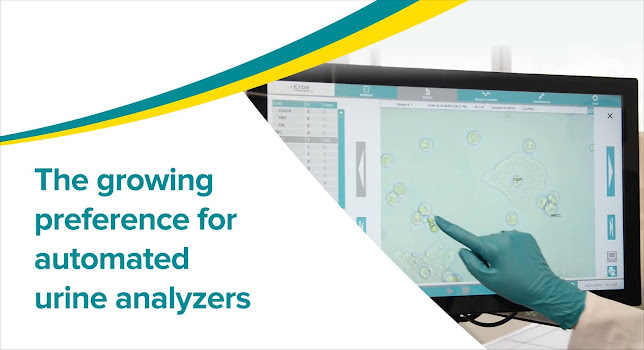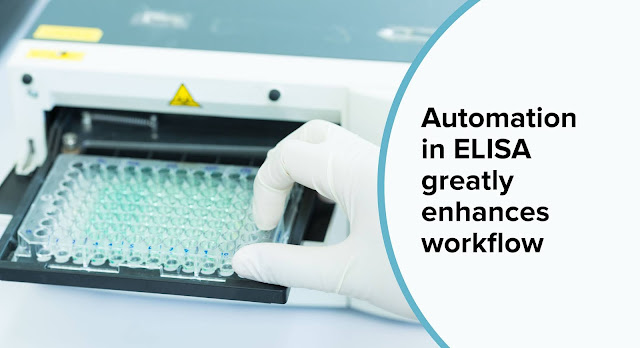Lab medicine in the post COVID era: Technology to drive better accessibility and testing capabilities
The pandemic has led to a paradigm shift in the diagnostic industry. Direct-to-home testing and focus on preventive healthcare are disrupting the industry to become more patient-centric in the future. Until a few years back, the role of clinical laboratory was to provide vital information on disease diagnosis aiding medical professionals in management through appropriate interventions. However, advancements in IT enabled diagnostics techniques, for both equipment and testing, have led to greater efficiencies. Building better testing capabilities- Advancements in product technology and the need for convenient sampling is leading to a paradigm shift for less invasive tests that rely on saliva and dried blood spots. Sampling of saliva is beneficial for the healthcare professionals too, as it spares them the risk of being exposed to the infected sample during collection. Similarly, dried blood spots technique is gaining preference for neonatal tests....





